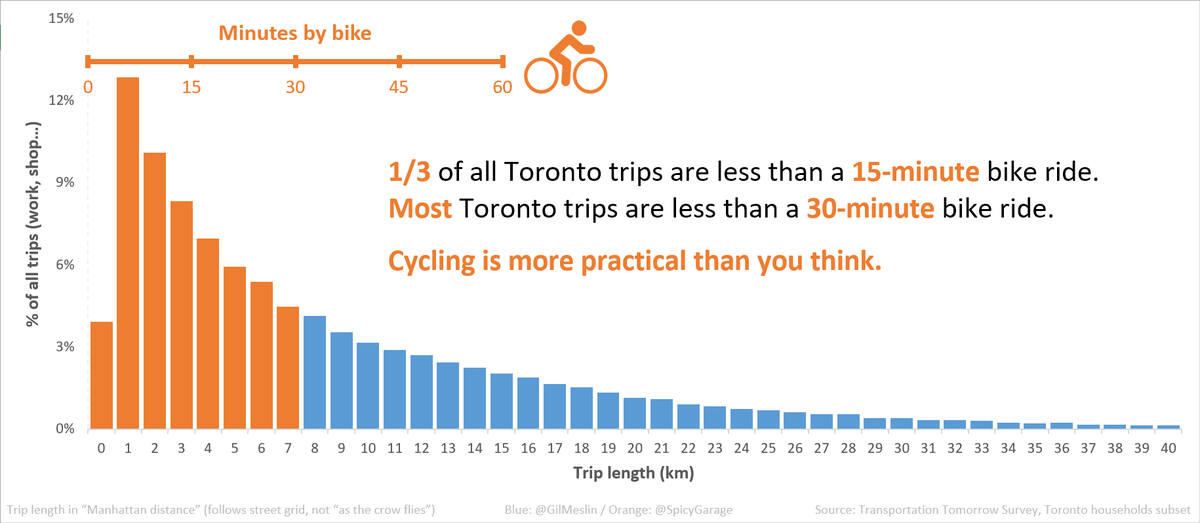
Why #Toronto needs safe, separated #bikeTO lanes, in 3 factual, sourced points: https://t.co/DEUgVKrKxs
How to get URL link on X (Twitter) App


 @tommybj1950 @marcusbgee The only way to move today's population (+50% in a generation) is through space-efficient modes of transportation.
@tommybj1950 @marcusbgee The only way to move today's population (+50% in a generation) is through space-efficient modes of transportation.
